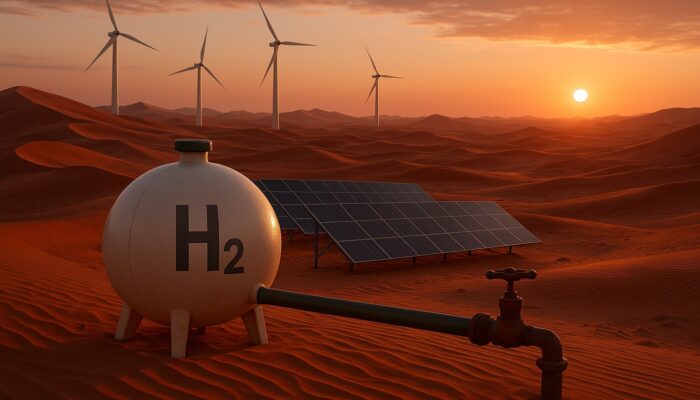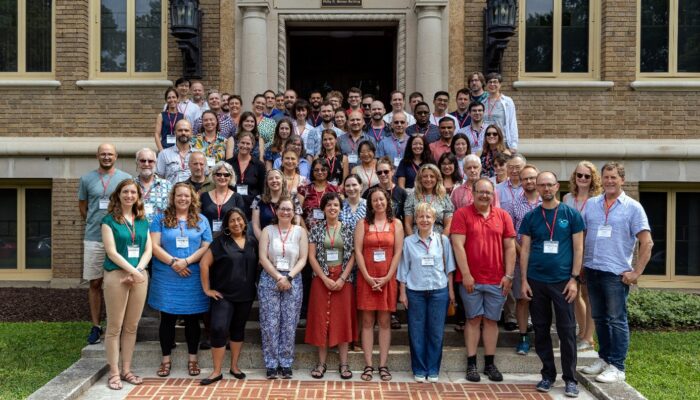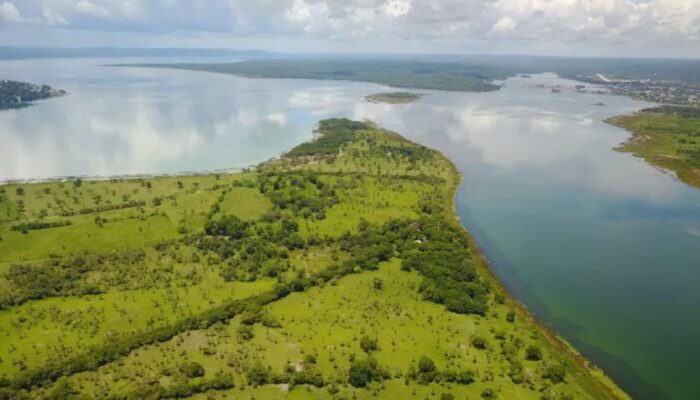Algeria is often described as one of the great energy engines of Africa and the Mediterranean, and with good reason. Its proven oil and gas reserves are impressive, but what truly sets the country apart is the extraordinary complexity of its geological history. Over more than two billion years, tectonics, climate shifts and sedimentation created a series of basins that today host some of North Afr ...[Read More]
The Guinness Book of Sedimentology: your guide to the world’s largest EVER sedimentary landforms
There is something about really BIG things that always grabs people’s attention – look at dinosaurs for example. The geological record is littered with the extreme and today we will explore the biggest, the tallest, the deepest and steepest sedimentary structures and landforms ever to grace our planet. Depositional environments ranging from fluvio-lacustrine and aeolian, coastal environments ...[Read More]
Introducing the TIMES initiative
TIMES is the acronym of a large-scale international science initiative “Time Integrated Matrix for Earth Sciences” (Link: https://www.codd-home.net/times/). The idea is to launch a global program with the aim of synchronizing age models for particularly important geological climate records from the past 100 million years. The motivation for this program is given in a white paper published in the j ...[Read More]
Tracing temperatures in tropical Lake Petén Itzá over the last 24,000 years
Past and present global warming: its effect on the tropics According to meteorological data and climate models, global temperatures have increased by up to 1.1 °C since 1960 because of rising atmospheric greenhouse gas concentrations, including an increase in CO₂ concentrations by up to 200 ppm. In some regions, such as the tropics, home to over 40% of the world’s population, warming has re ...[Read More]




